Home>Gardening & Outdoor>Outdoor Recreation & Activities>How Do You Lower Ph In A Swimming Pool
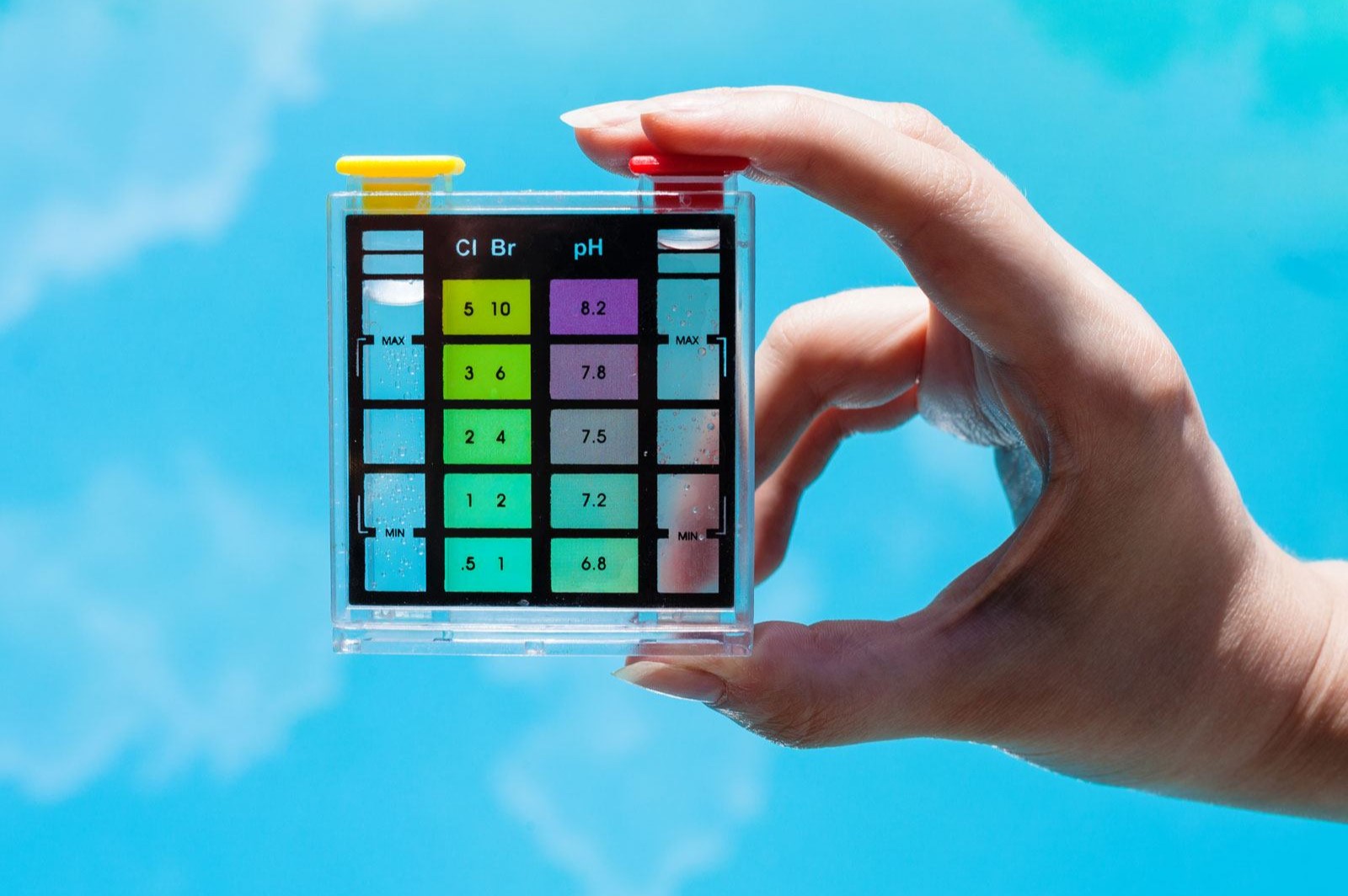

Outdoor Recreation & Activities
How Do You Lower Ph In A Swimming Pool
Published: February 17, 2024
Learn effective methods for lowering pH in your swimming pool and maintaining optimal water quality. Discover outdoor recreation and activities tips for a healthier pool environment.
(Many of the links in this article redirect to a specific reviewed product. Your purchase of these products through affiliate links helps to generate commission for Storables.com, at no extra cost. Learn more)
Introduction
Maintaining the proper pH level in a swimming pool is crucial for ensuring a safe and enjoyable swimming experience. The pH level indicates the acidity or alkalinity of the water, with the ideal range for a pool typically falling between 7.2 and 7.8. When the pH level rises above this range, the water becomes too alkaline, leading to potential issues such as skin and eye irritation, reduced effectiveness of chlorine, and cloudy water. Therefore, it is essential for pool owners to understand how to effectively manage and lower the pH level when necessary.
In this comprehensive guide, we will delve into the various aspects of pH management in swimming pools, including the reasons for high pH levels and the methods for lowering pH. By gaining a deeper understanding of these factors, pool owners can take proactive measures to maintain the optimal pH balance, thereby ensuring a clean, clear, and comfortable swimming environment for all.
Key Takeaways:
- Keep your swimming pool pH level between 7.2 and 7.8 for a safe and enjoyable swim. High pH can cause skin irritation and cloudy water, so monitor and adjust regularly.
- To lower pH in your pool, use pH reducers, aeration, acid injection systems, dilution, and regular testing. Choose the best method for your pool size and maintenance preferences.
Read more: How Do You Raise The Ph In A Swimming Pool
Understanding pH in a Swimming Pool
Maintaining the proper pH level in a swimming pool is essential for ensuring a safe and enjoyable swimming experience. The pH level of pool water refers to its acidity or alkalinity, with a scale ranging from 0 to 14. A pH of 7 is considered neutral, while anything below 7 is acidic, and anything above 7 is alkaline. For swimming pools, the ideal pH range typically falls between 7.2 and 7.8.
Understanding the significance of pH in a swimming pool is crucial for several reasons. Firstly, the pH level directly impacts the effectiveness of chlorine, which is a primary agent for sanitizing the pool water. When the pH strays outside the recommended range, the chlorine's ability to kill bacteria and other contaminants diminishes, potentially leading to unsanitary conditions.
Moreover, maintaining the proper pH level is essential for the comfort and safety of swimmers. Water with an imbalanced pH can cause skin and eye irritation, making the swimming experience less enjoyable. Additionally, high pH levels can result in cloudy water, reducing visibility and overall aesthetic appeal.
It's important to note that various factors can influence the pH level of pool water. These include environmental elements such as rainfall, sunlight, and the introduction of organic matter from swimmers or surrounding vegetation. Additionally, the type of pool surface and the frequency of pool usage can also impact pH levels.
Regular monitoring of the pool's pH level is crucial for proactive maintenance. Pool owners should utilize pH testing kits to measure the water's acidity or alkalinity and make adjustments as needed. By staying within the recommended pH range, pool owners can ensure a clean, clear, and comfortable swimming environment for all.
Understanding the dynamics of pH in a swimming pool empowers pool owners to take proactive measures to maintain the optimal pH balance. By doing so, they can create a welcoming and hygienic swimming environment for themselves, their families, and their guests.
Reasons for High pH Levels
Several factors can contribute to high pH levels in a swimming pool, disrupting the delicate balance of acidity and alkalinity. Understanding these reasons is crucial for effectively addressing and preventing elevated pH levels. Here are some common causes of high pH in swimming pools:
-
Alkaline Substances: The presence of alkaline substances in the pool water, such as certain algaecides and pH increasers, can lead to an increase in pH levels. These substances are often used for water treatment and maintenance but can inadvertently elevate the pH if not carefully managed.
-
Carbonate Hardness: High levels of carbonate hardness, often found in tap water or well water, can contribute to elevated pH levels in a pool. Carbonate ions act as natural buffers, resisting changes in pH and causing it to rise over time.
-
Environmental Factors: External elements such as rainfall, dust, and debris can introduce alkaline compounds into the pool, leading to an increase in pH. Additionally, excessive sunlight exposure can accelerate the breakdown of chlorine, causing pH levels to rise.
-
Swimmer Wastes: The introduction of organic matter from swimmers, including sweat, urine, and skin cells, can contribute to rising pH levels. As organic compounds break down, they can release carbon dioxide, which reacts with water to form carbonic acid. This process can elevate the pH of the pool water.
-
Inadequate pH Monitoring: Neglecting regular pH testing and maintenance can result in pH levels drifting outside the recommended range. Without proper monitoring and adjustments, the pH can gradually increase, leading to potential issues such as reduced chlorine effectiveness and discomfort for swimmers.
By identifying and understanding these reasons for high pH levels, pool owners can take proactive measures to mitigate these factors and maintain the optimal pH balance in their swimming pools. Implementing effective pH management strategies is essential for preserving water quality, ensuring swimmer comfort, and prolonging the longevity of pool equipment and surfaces.
Methods for Lowering pH in a Swimming Pool
Maintaining the proper pH level in a swimming pool is essential for ensuring a safe and enjoyable swimming experience. When the pH level rises above the recommended range of 7.2 to 7.8, it becomes necessary to lower the pH to restore the water's balance. Fortunately, there are several effective methods for achieving this, allowing pool owners to proactively manage pH levels and create a comfortable swimming environment.
1. pH Reducers
One of the most common and straightforward methods for lowering pH in a swimming pool is the use of pH reducers, also known as pH decreasers or pH minus products. These chemical compounds, typically containing muriatic acid or sodium bisulfate, are specifically designed to lower the pH of pool water. When applying pH reducers, it is crucial to follow the manufacturer's instructions carefully and make gradual adjustments to avoid drastic pH fluctuations.
Read more: How Do You Lower The PH In A Hot Tub
2. Aeration
Aeration, which involves increasing the exposure of pool water to air, can effectively lower pH levels. This method leverages the natural reaction between carbon dioxide and air, resulting in the outgassing of carbon dioxide from the water. By introducing air into the pool through methods such as fountain jets, waterfall features, or simply running the pool's pump and filter system, carbon dioxide is released, leading to a reduction in pH.
3. Acid Injection Systems
For larger pools or those requiring frequent pH adjustments, acid injection systems offer a convenient and automated solution for lowering pH levels. These systems utilize chemical feed pumps to introduce precise amounts of acid, such as muriatic acid or sulfuric acid, into the pool water. By continuously monitoring the pH level and automatically adjusting the acid dosage as needed, these systems provide consistent pH management with minimal manual intervention.
4. Dilution
In cases of extremely high pH levels, dilution with fresh water can be an effective method for lowering pH. By partially draining the pool and refilling it with fresh water, the overall alkalinity of the pool water is reduced, consequently lowering the pH. However, this method should be approached with caution, as excessive dilution can impact the pool's chemical balance and may require additional adjustments to stabilize the water.
5. Monitoring and Testing
Regular monitoring and testing of the pool's pH level are fundamental to effective pH management. Utilizing reliable pH testing kits, pool owners can accurately measure the water's acidity or alkalinity and make informed decisions regarding pH adjustment methods. By staying proactive and responsive to pH fluctuations, pool owners can maintain the optimal pH balance, ensuring a clean, clear, and comfortable swimming environment for all.
By employing these methods for lowering pH in a swimming pool, pool owners can effectively manage pH levels and create an inviting and hygienic swimming environment. Each method offers unique advantages and considerations, allowing pool owners to choose the most suitable approach based on their specific pool size, water chemistry, and maintenance preferences. With proactive pH management, pool owners can enjoy the benefits of crystal-clear water and a pleasant swimming experience for themselves, their families, and their guests.
Read more: How To Lower Alkalinity In A Swimming Pool
Conclusion
Maintaining the optimal pH level in a swimming pool is a fundamental aspect of responsible pool ownership. By understanding the significance of pH and its impact on water quality and swimmer comfort, pool owners can proactively address high pH levels and create a welcoming and hygienic swimming environment. The reasons for high pH levels, including the presence of alkaline substances, carbonate hardness, environmental factors, swimmer wastes, and inadequate pH monitoring, underscore the importance of regular maintenance and proactive management.
In conclusion, the methods for lowering pH in a swimming pool offer diverse approaches to address elevated pH levels effectively. From the use of pH reducers and aeration to acid injection systems, dilution, and diligent monitoring, pool owners have a range of strategies at their disposal to maintain the optimal pH balance. Each method presents unique advantages and considerations, allowing pool owners to make informed decisions based on their specific pool characteristics and maintenance preferences.
By embracing proactive pH management and implementing appropriate strategies, pool owners can ensure a clean, clear, and comfortable swimming environment for themselves, their families, and their guests. Regular testing, monitoring, and adjustment of pH levels are essential practices that contribute to water quality, swimmer safety, and the overall enjoyment of the pool.
In essence, the journey to lower pH in a swimming pool is a proactive and ongoing commitment to maintaining water quality and creating an inviting space for leisure and recreation. By staying informed, engaged, and attentive to pH levels, pool owners can uphold the integrity of their pool water, fostering a positive and enjoyable swimming experience for all.
Frequently Asked Questions about How Do You Lower Ph In A Swimming Pool
Was this page helpful?
At Storables.com, we guarantee accurate and reliable information. Our content, validated by Expert Board Contributors, is crafted following stringent Editorial Policies. We're committed to providing you with well-researched, expert-backed insights for all your informational needs.
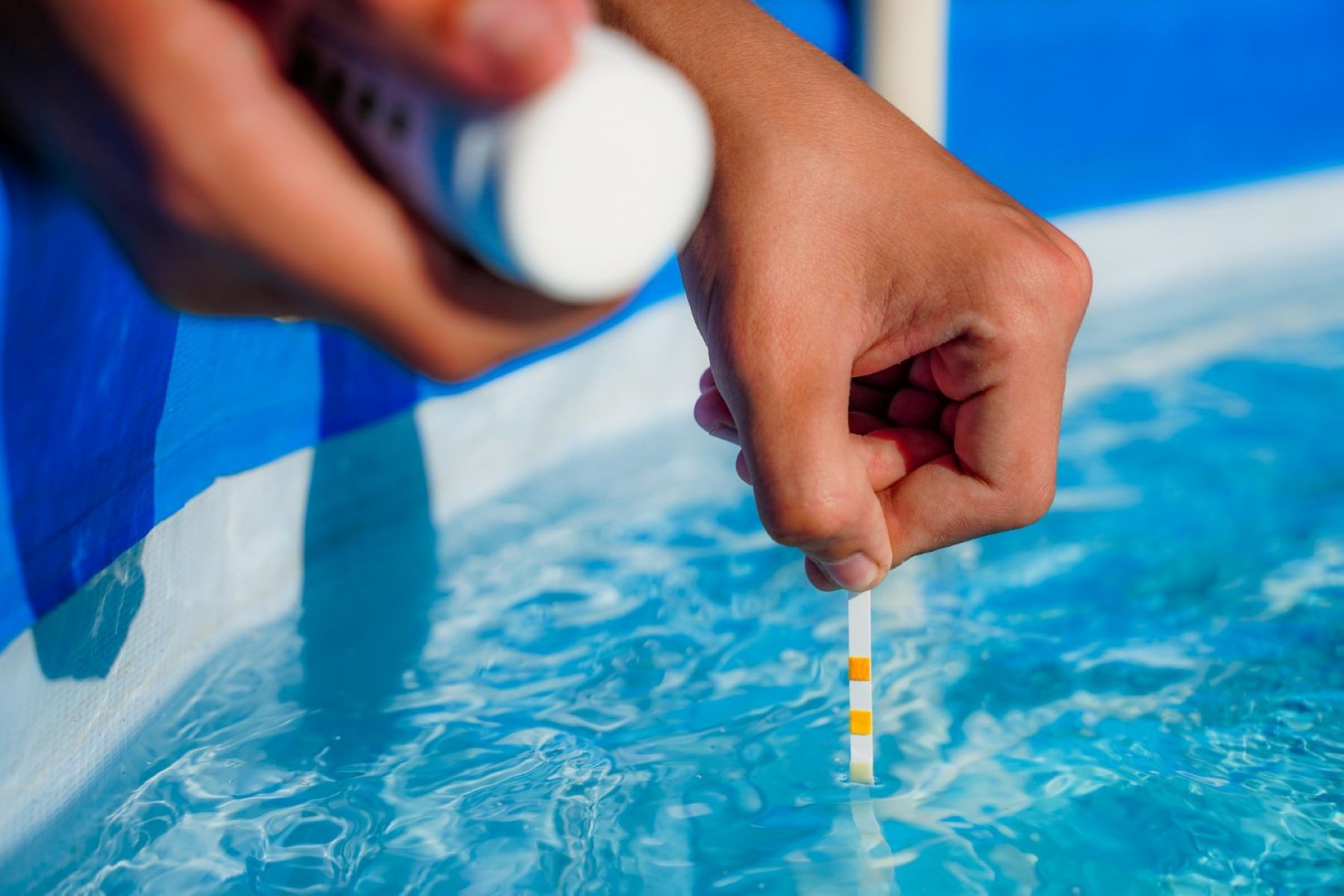

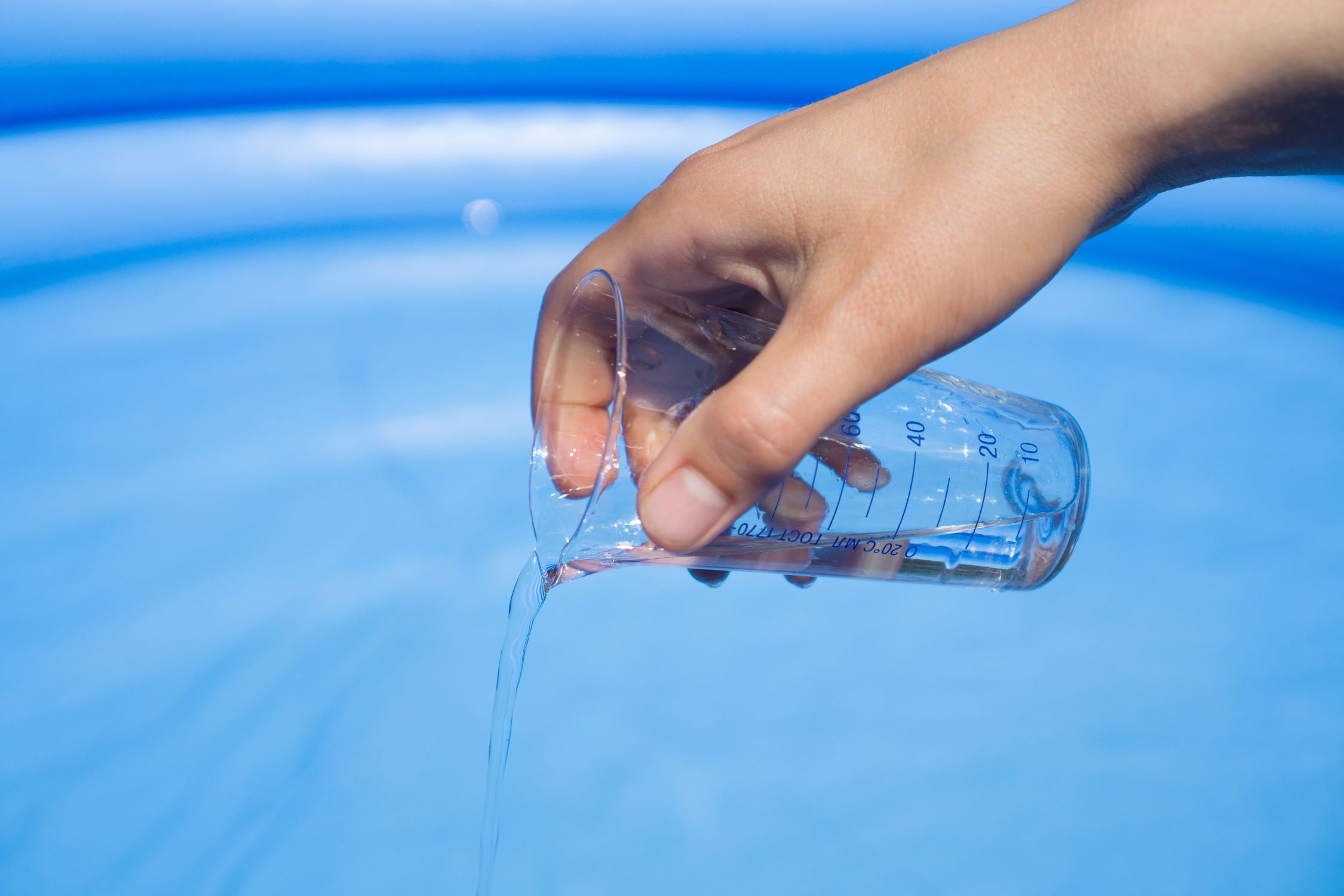
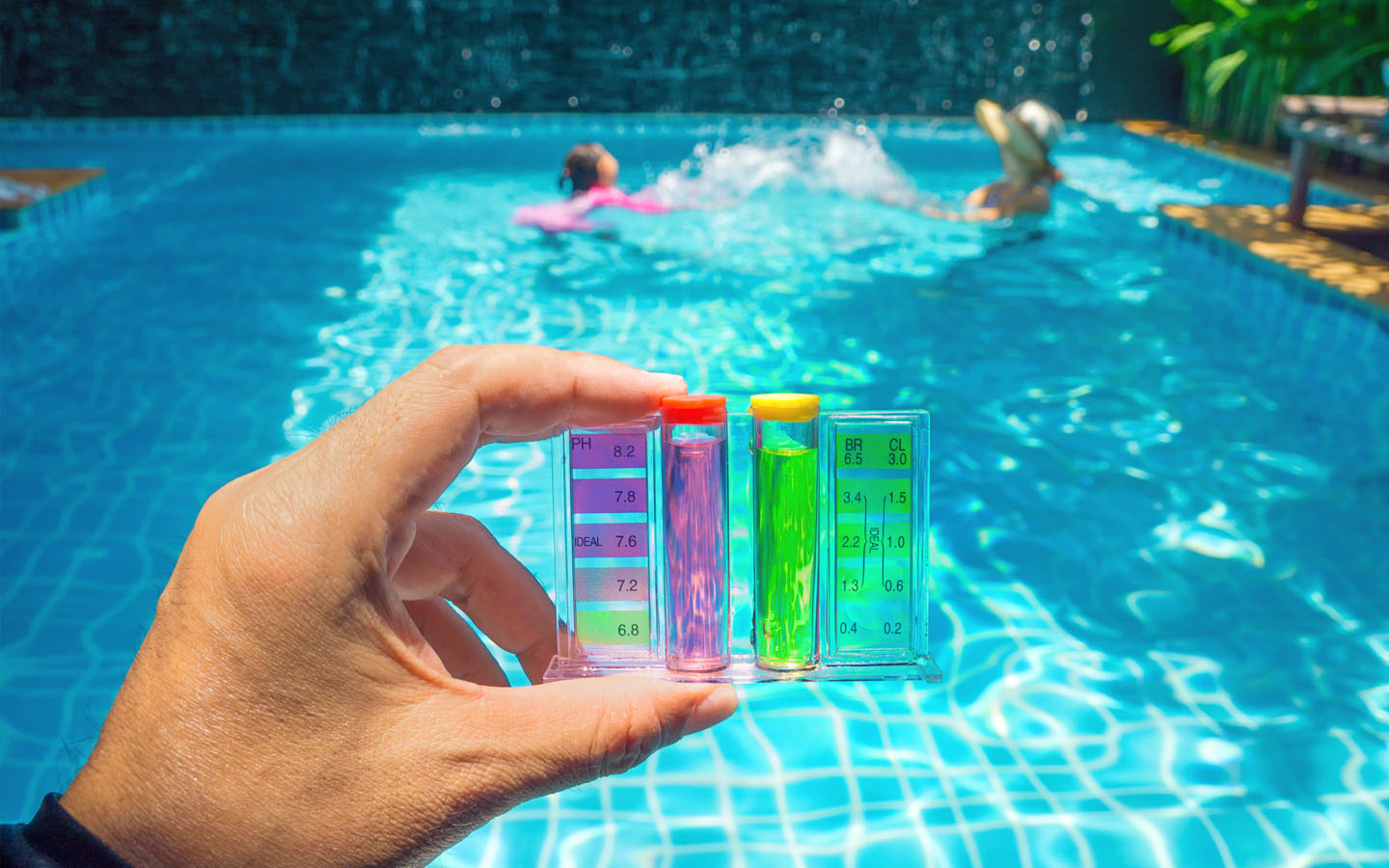
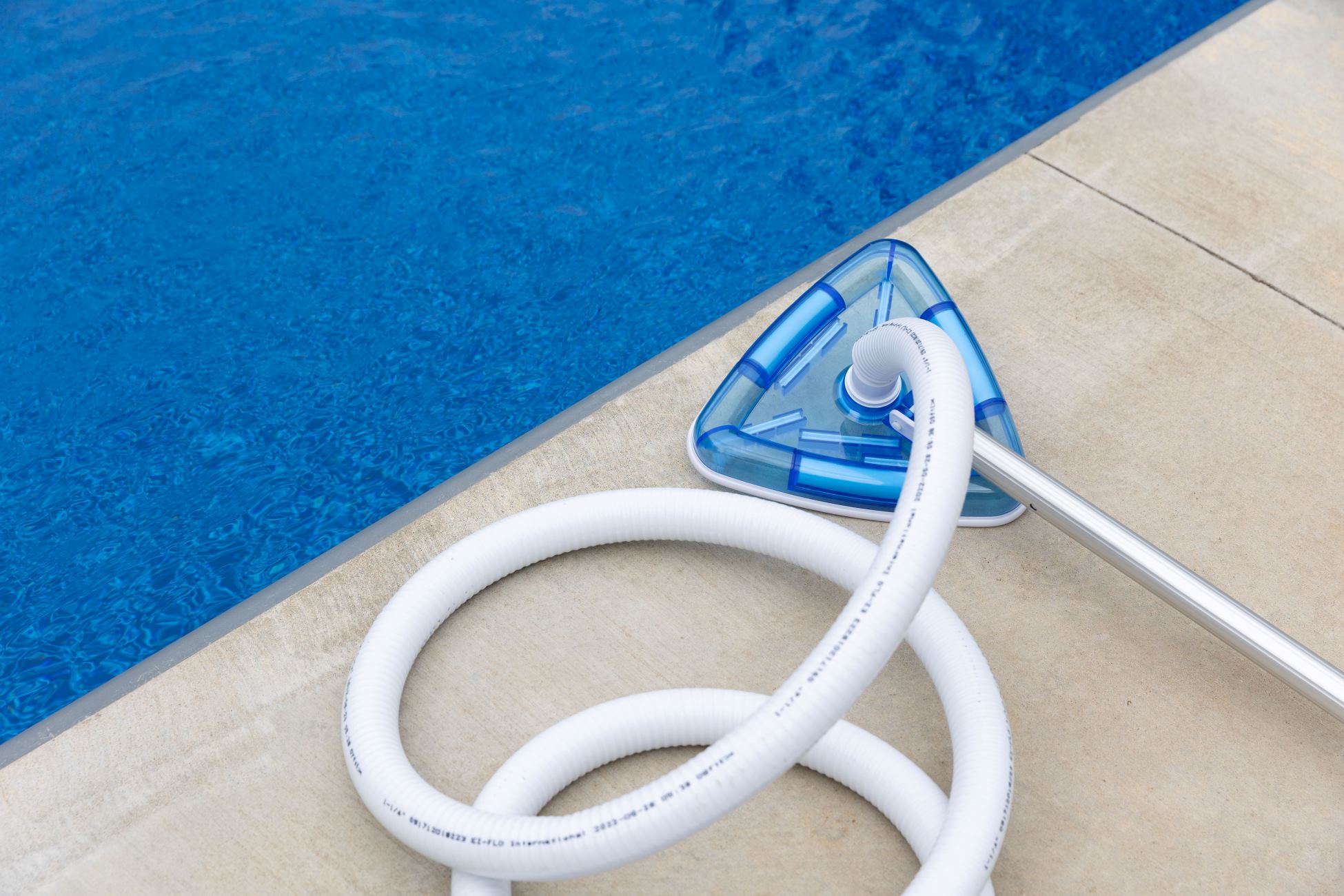
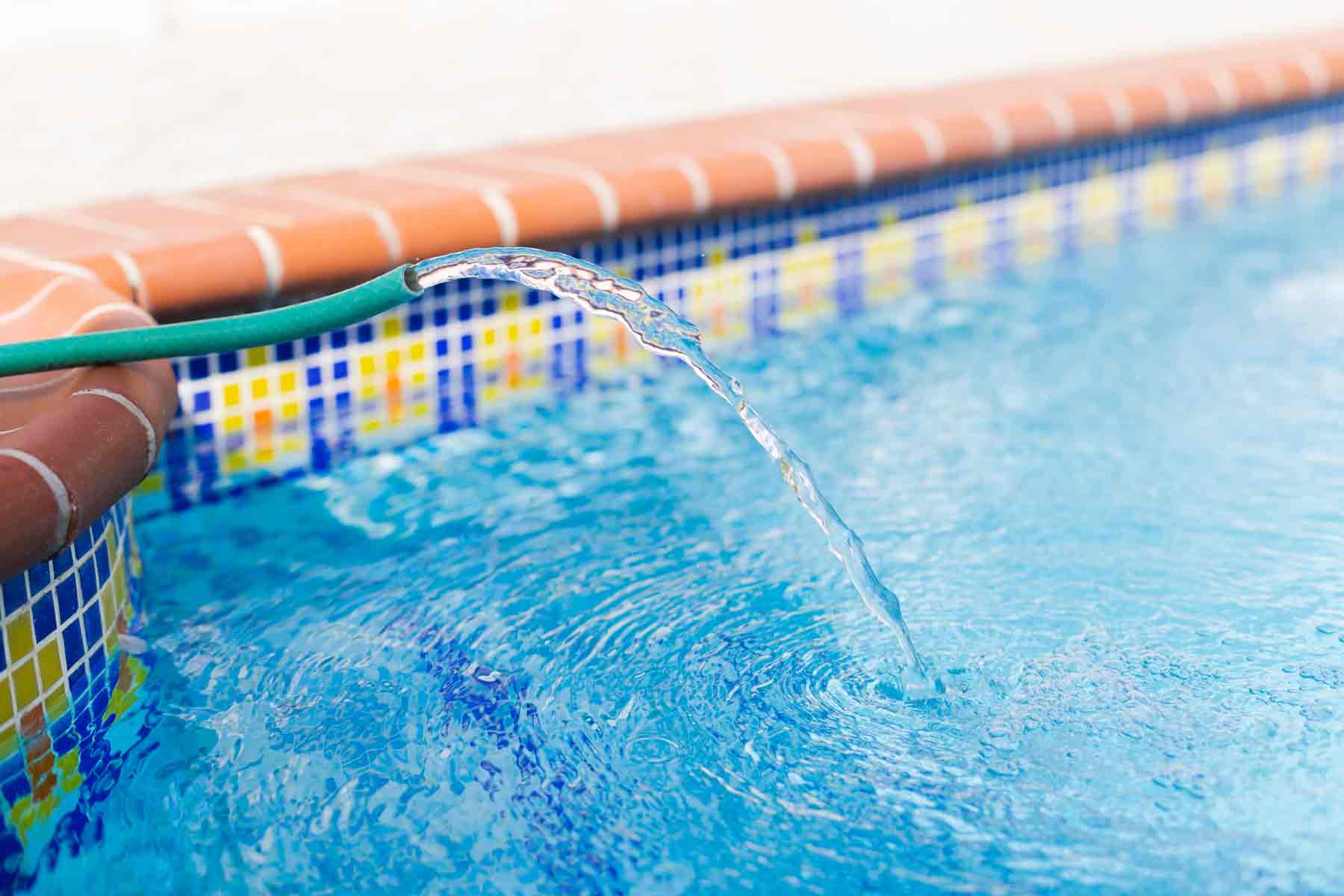
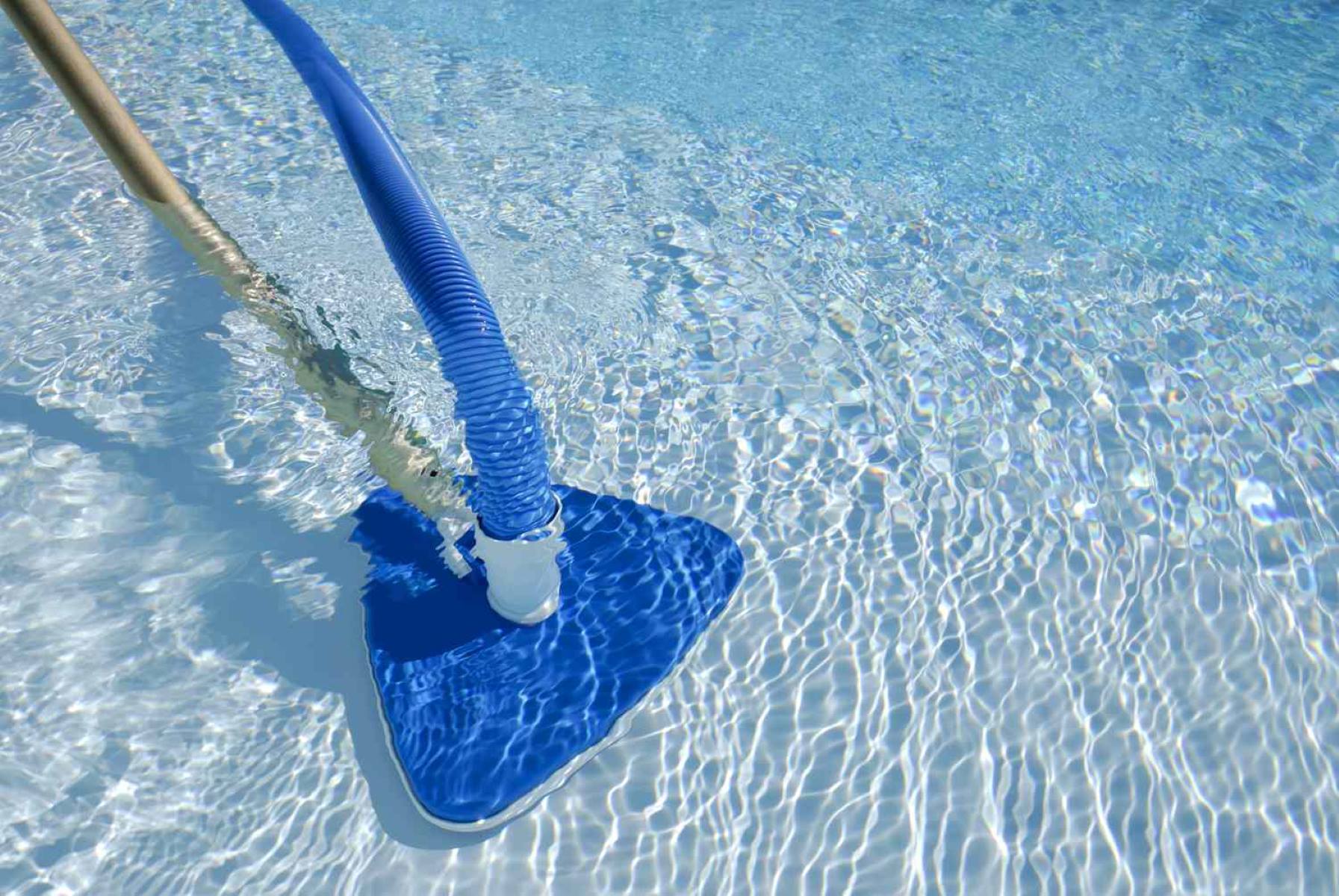

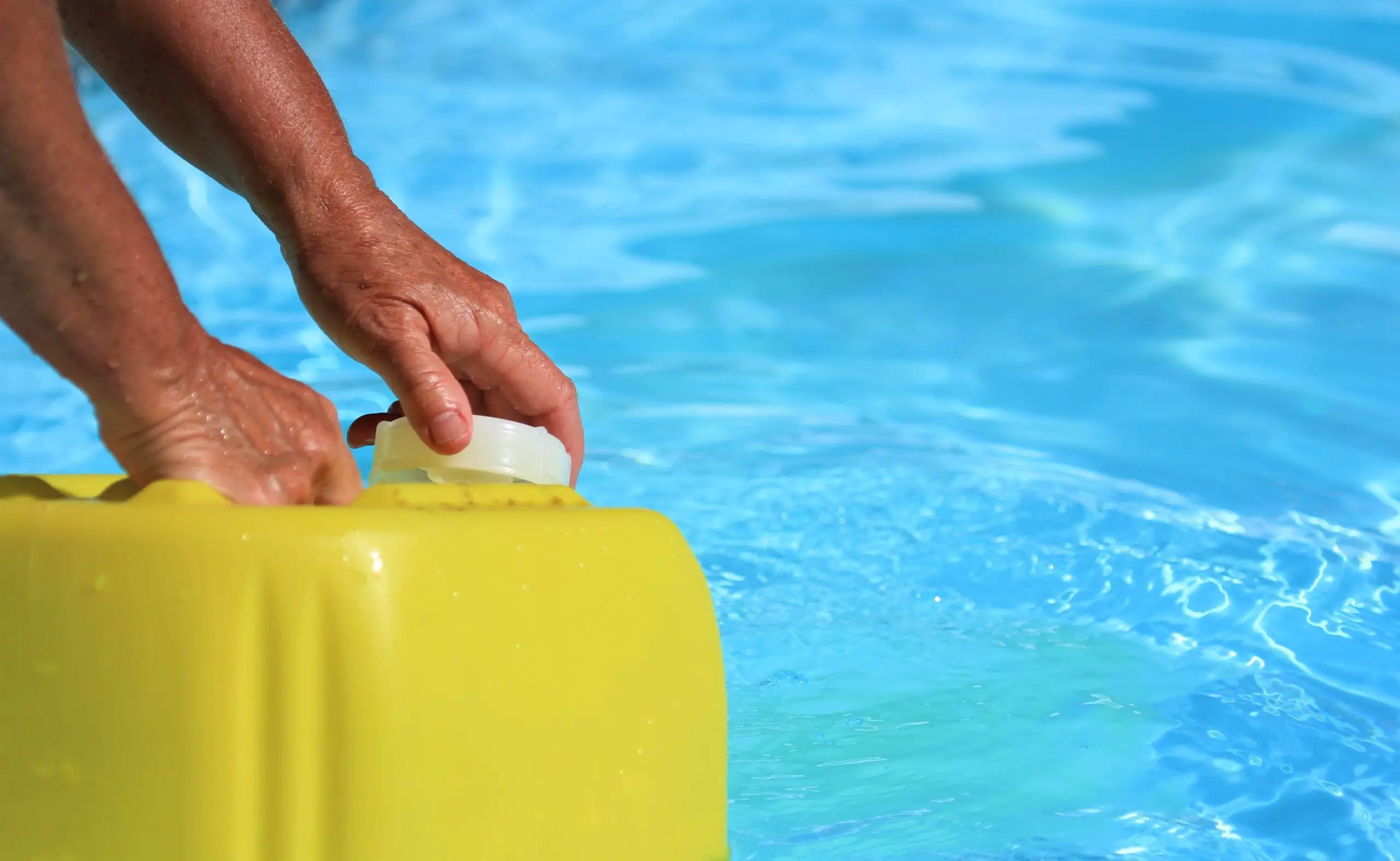

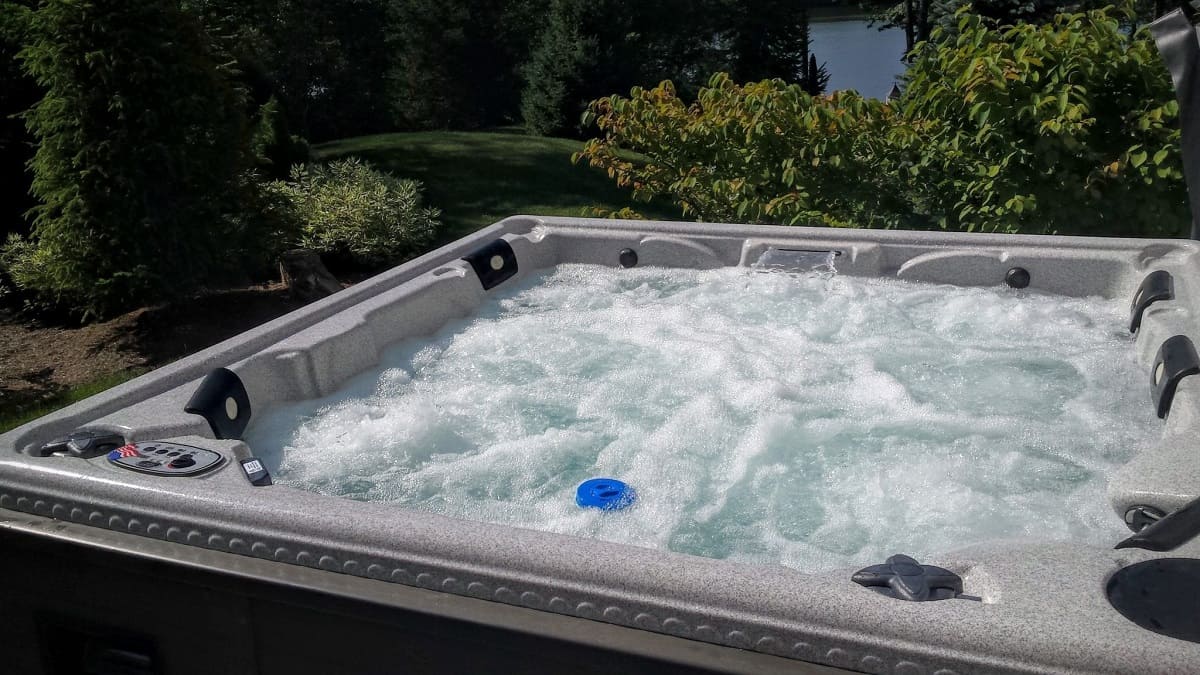
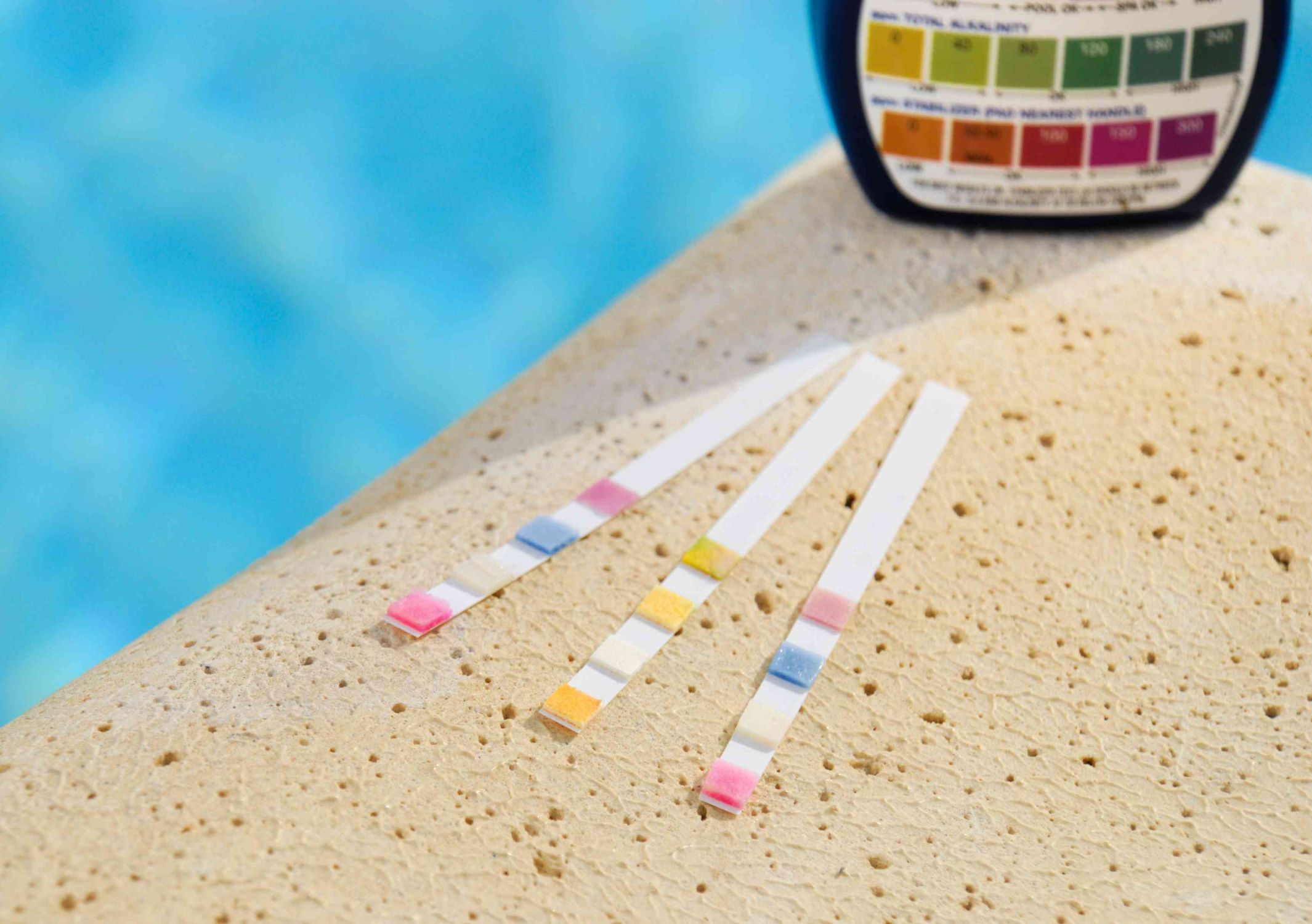
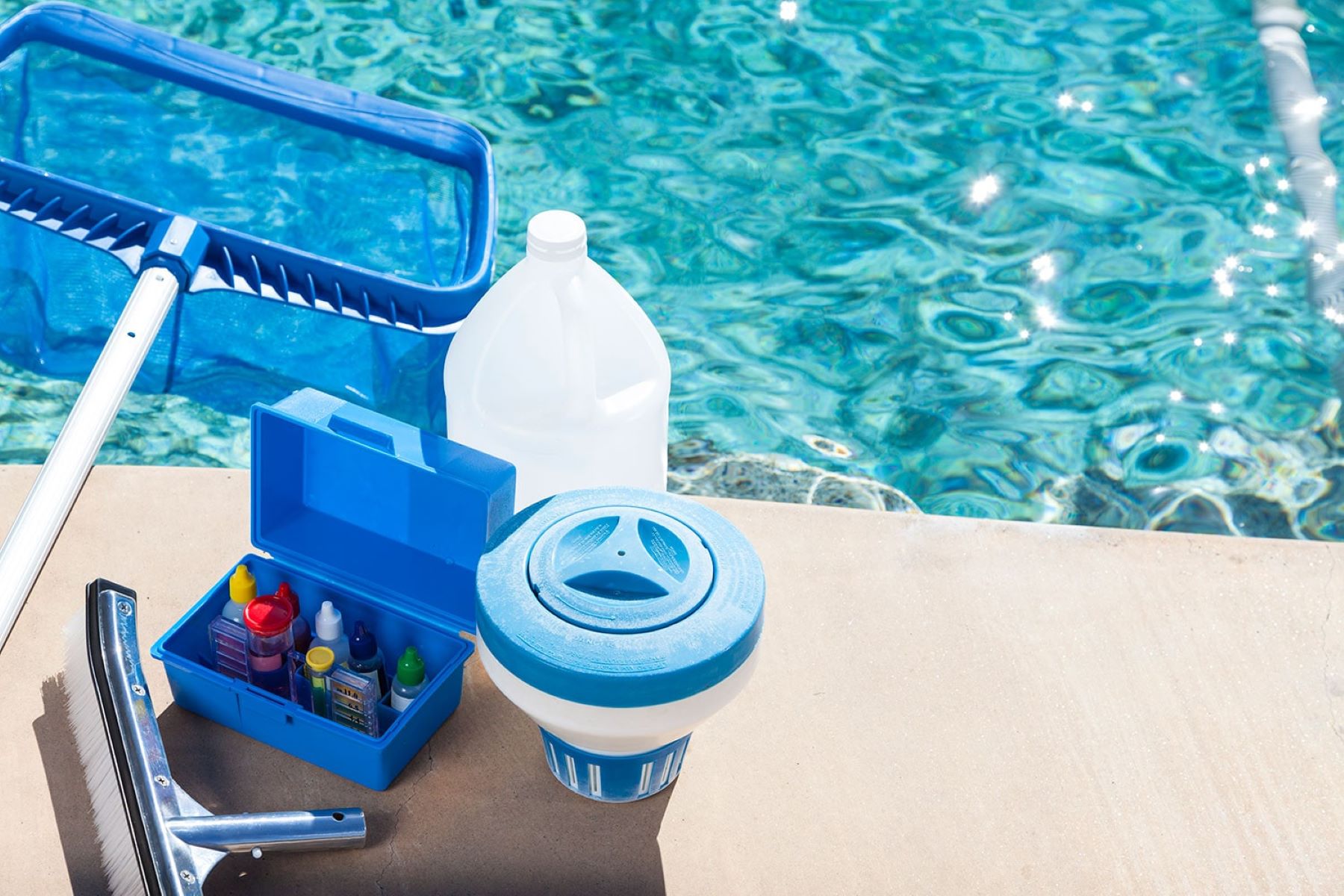

0 thoughts on “How Do You Lower Ph In A Swimming Pool”